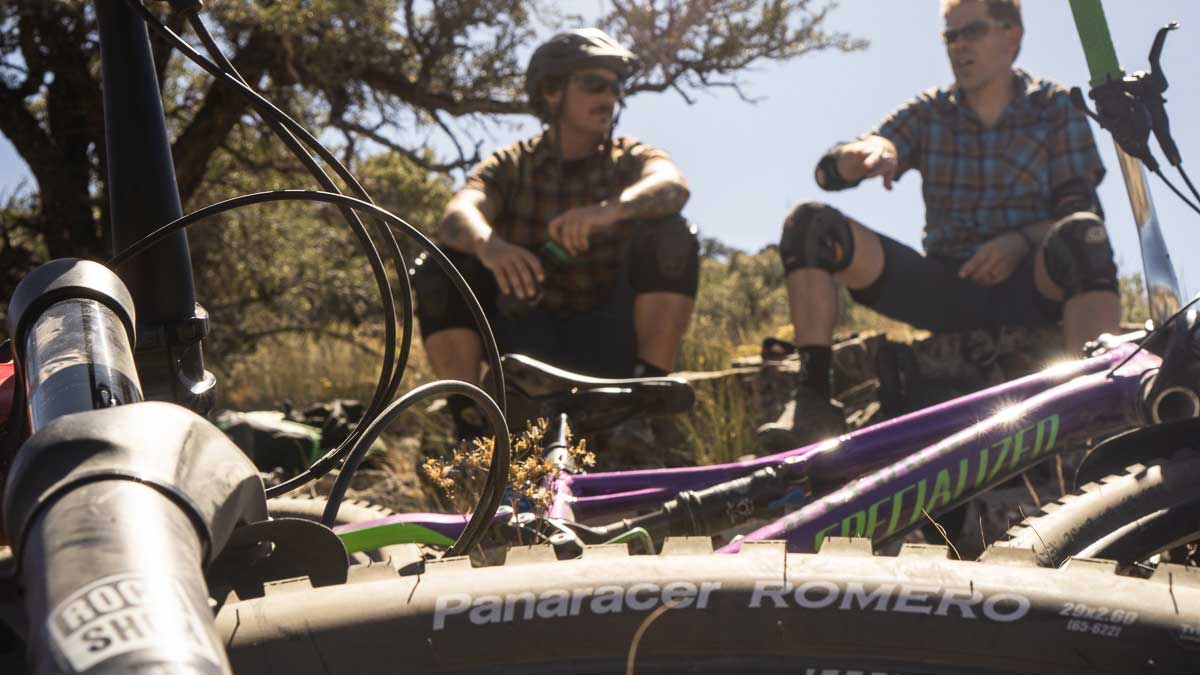Last fall, we saw prototypes of the new Panaracer Romero and Aliso tires. Both tires were released and this fall, aand Panaracer sent us a set of 2.4 Aliso and 2.6 Romero’s to put to the trail in Ely, Nevada.
The Romero is Panaracer’s all ’rounder tire with a triple-compound, DH-oriented rubber outside of a 60tpi casing. They run a bead-to-bead Anti-Flat Plus puncture protection belt with additional rubber around the bead to help prevent pinch flats. The Super Tough version is wrapped in an anti-flat casing for extra protection (but carries a weight penalty of an extra 300 grams).
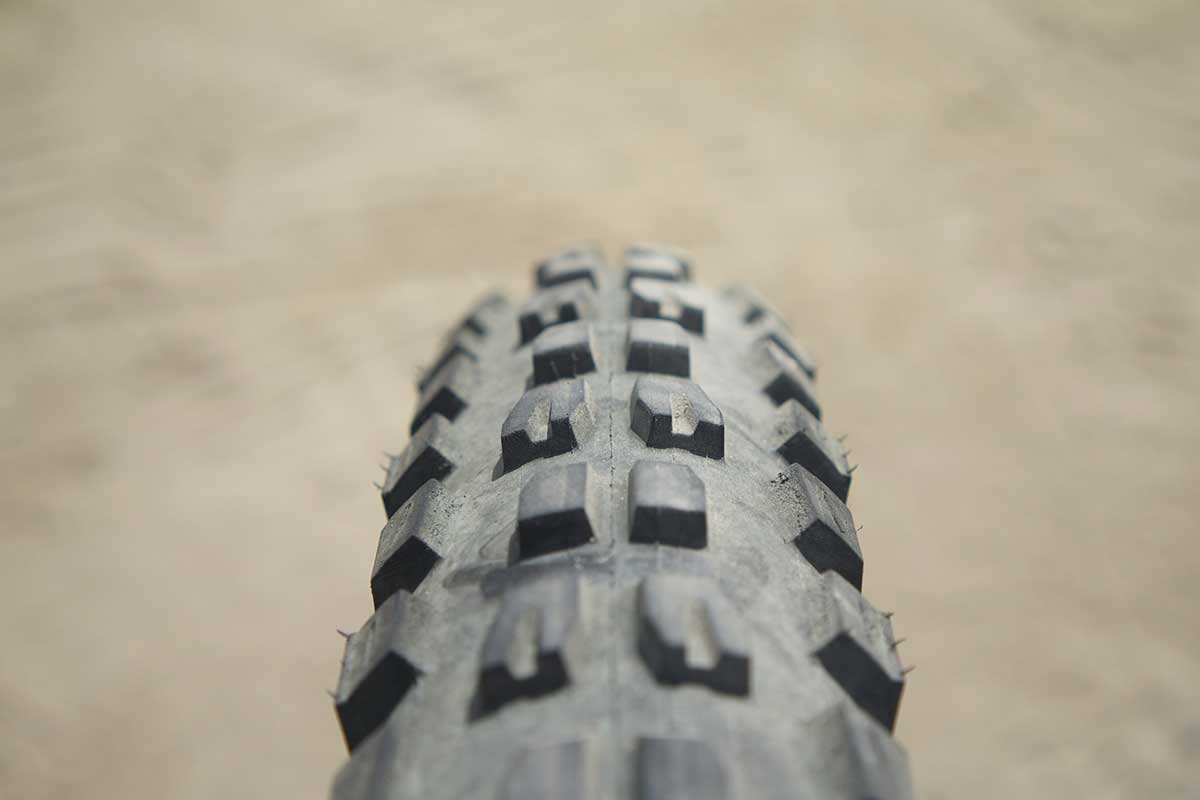
It’s available in 27.5 and 29er in both 2.4 and 2.6 widths with a claimed (average) weight of 1,200g. The racier High Output weighs in at around 900g. Both versions retail for a reasonable $60.
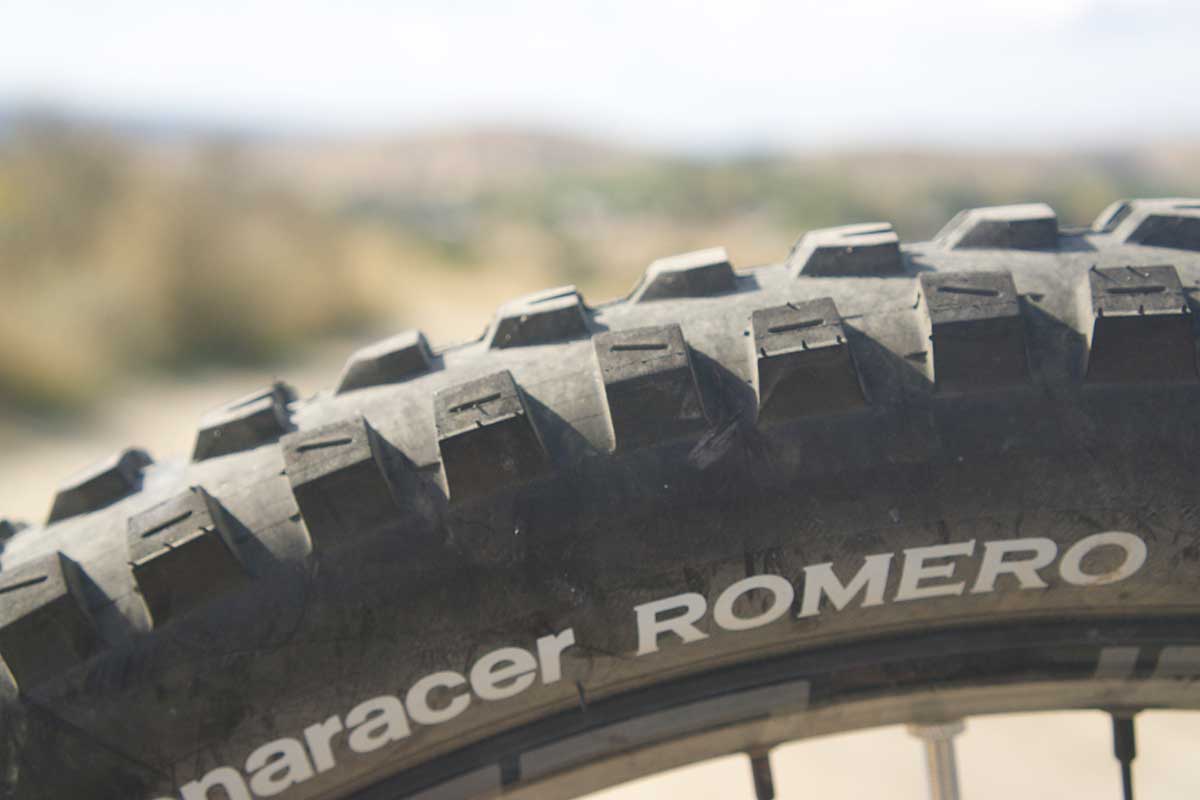
The Aliso uses the same casing options but with a tread pattern that’s more suitable for softer, looser conditions and is offered with the same sizes, price, and weight.
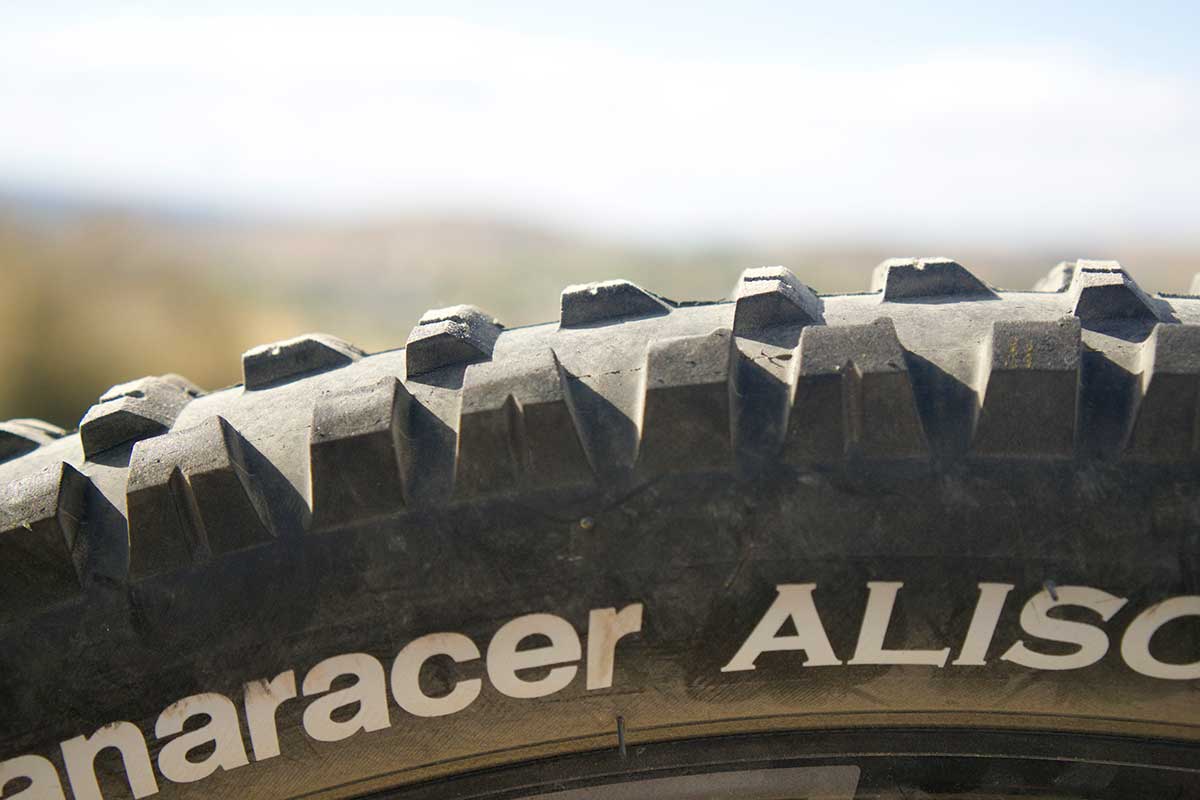
Because of the rough limestone in Ely, Nevada, I ran the Super Tough 2.6 Romero up front and laced the Super Tough Aliso 2.4 in back. A little something to steer through the chunk but with a little more precision in back for scrambling up looser sand.
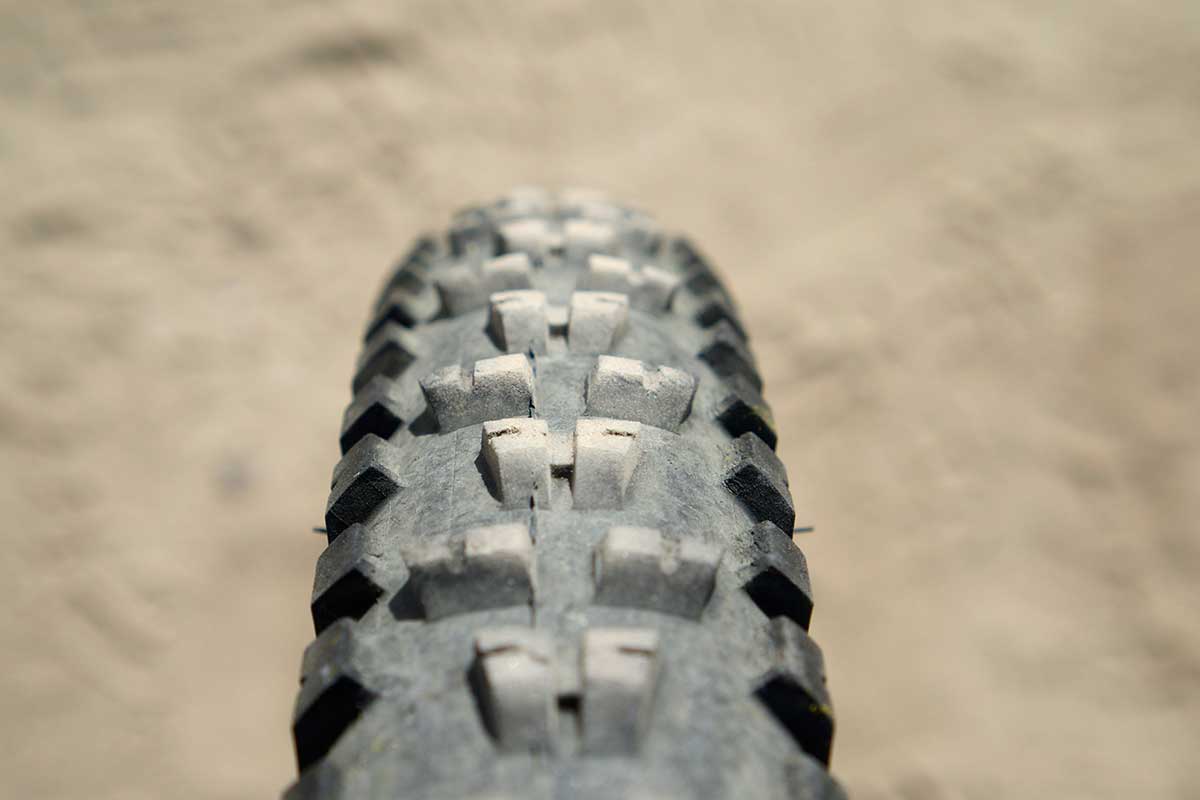
I decided to run them tubeless and had them mounted at my LBS. When I picked them up, I chuckled. My mechanic titled the job “mounting the heaviest tires in the world.” Indeed at roughly 1,200 grams each, there are front shocks lighter than these tires. But the climbs in Nevada were a manageable 1,500’. Weight wasn’t as big an issue as traction and durability.
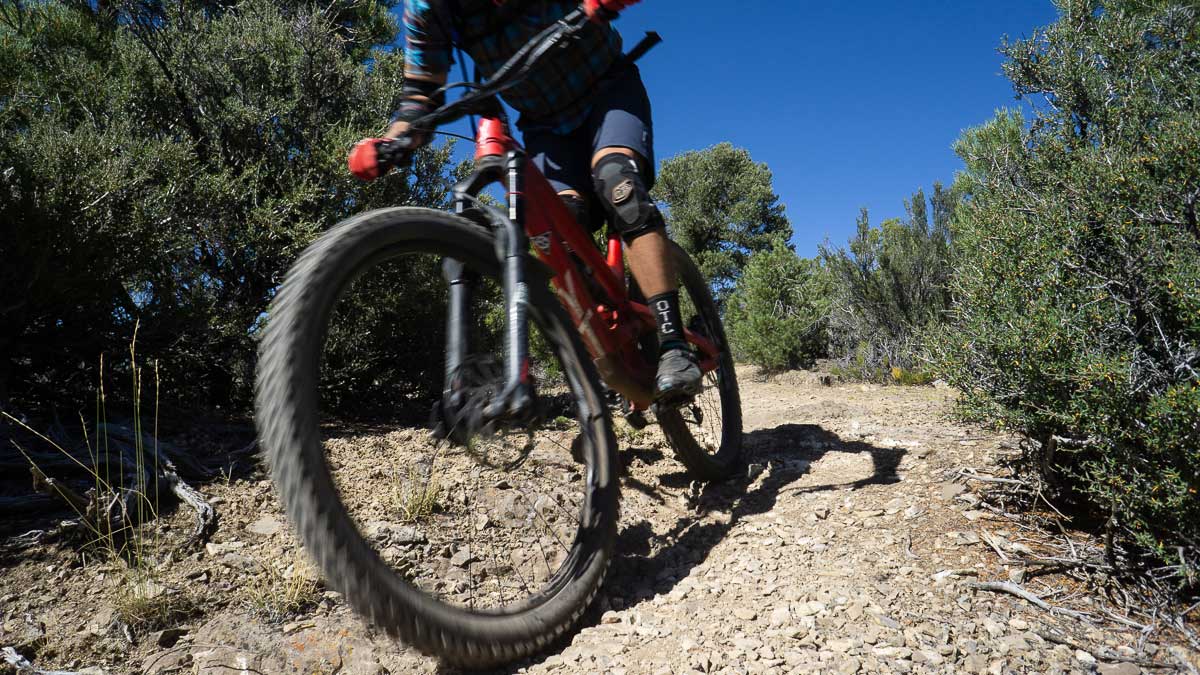
The Ely trails are typical of the alpine desert. Loose chunks of limestone scatter over the dry sandy trails. They vary from falling aggressively with hidden drops to sandy slaloms that whip the bike through the trees, forcing the rider to lean the bike on edge to negotiate the turns.

Between the Romero’s blocky edge and center knobs runs a tread-free drift zone. This sweet spot pivots the ride from “drift” to “catch”, forcing you to dive into the corners to grab your line. This made the sliding through corners super fun, but things got a little unwieldy on some of the very loose, or loose-on-hard trail. The side lugs just weren’t big enough to hold predictably tight.
That said, one of our riders pre-rode the Romero’s in Oregon, and found them perfect for surfing the brown powder in Oakridge, and raved about how they compared to his beloved Maxxis Minions.
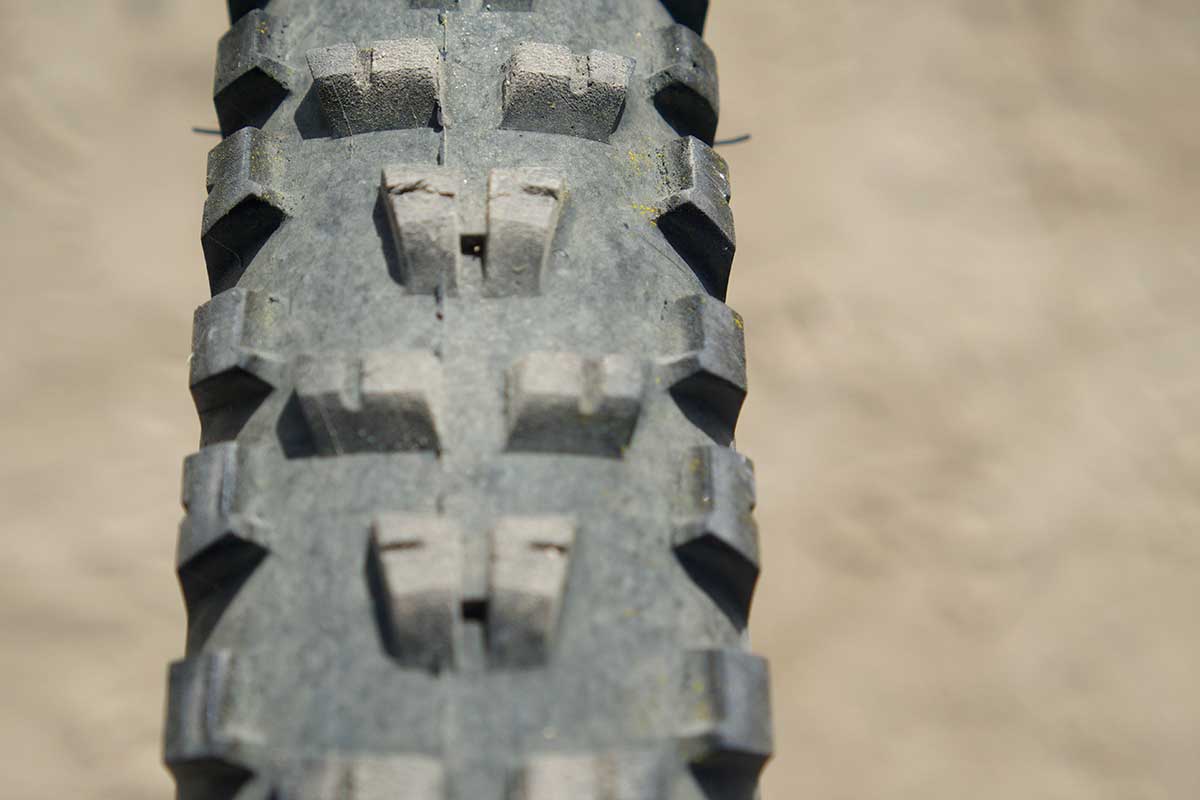
The Aliso’s have wider spacing between the chunks and throw in a pair of paddle treads to bridge the gap. The spacings sheds the muck, but gives a little extra traction as you link turns. Panaracer lists the Aliso best for soft and loose, and I found they were more predictable on looser ground than the Romeros.
Yes, the Super Tough models are heavy. But limestone can be rough on the rubber. Pound for protection (and peace of mind), we all appreciated the extra durability offered by the durable casing. Even after a long weekend of riding, plus a month on the local hills in Idaho, the sidewalls are clean of gashes and the block corners still hold a sharp edge. All of the closeup photos were after about 2 months of riding on sand and rock. I suspect I’ll get another season out of these tires. Strap these on a downhill bike and you could feel invincible.
But if I was to buy one for my local trail – where I find more sand than rock – I’d probably prefer the HO (High OutPut) Aliso. It’s about 300 grams lighter (thanks to losing the extra puncture protection layer), and better suits my kind of riding. But I’m not chasing KOMs nor posting on Strava. So I’ll chock it up as weight training. Which as a rider (and runner), I can always use more of.
The Aliso and Romero are both available now through Panaracer and US distributors.
